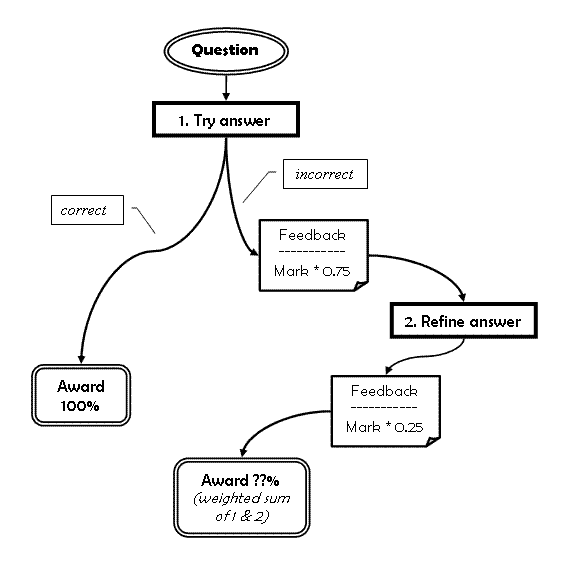Our paper “Planet: bringing learning design knowledge to the forefront” has been accepted to handheldlearning2008 (London, oct 13-15). Looks like its going to be a fun conference. If you’re there, come and say hi. Here’s the abstract we sent:
15 years ago, few learners had either mobile telephony or internet access as a reliable learning resource. Today most have both, in one 150gr device in their back pocket. The accelerated progress of technology means not just that learning is changing, but that change is changing. We – learners, teachers, researchers – have to respond to developments at a dizzying pace.
The first consequence we need to acknowledge is that the division of roles is being blurred. Teachers need to invest in continuous learning, learners can often take the role of teaching, and all are de-facto researchers: exploring and experimenting with new opportunities daily.
The second, more complex and perhaps more vital recognition is that we are all learning designers. We design learning environment for ourselves and for others by choosing the tools and their configuration, we design our curriculum, choosing which new skills and practices to acquire – and which to defer. We design learning experiences by carefully assembling tasks, tools, activities and social interactions.
These observations call for a renewed attention to learning as a design science. Herbert Simon defined: “everyone designs who devises courses of action aimed at changing existing situations into desired ones” (Simon, 1969, p 129). Hence, design science is, in a nutshell, the science of making a better world. Design science needs a language of its own. A set of “scientific instruments”, modes of capturing and sharing knowledge, and methods of establishing validity. Mor & Winters argue that design patterns and pattern languages hold a promise in this respect, and propose a workshop model for participatory development of pattern languages in education (Mor & Winters, 2007; 2008).
The Pattern Language Network project is developing a methodology, and a set of on-line tools to support it, for pattern-based design research in education. These are being used by communities of practitioners, developers and researchers to capture and share their expertise and examples of good practice as reusable design knowledge.






